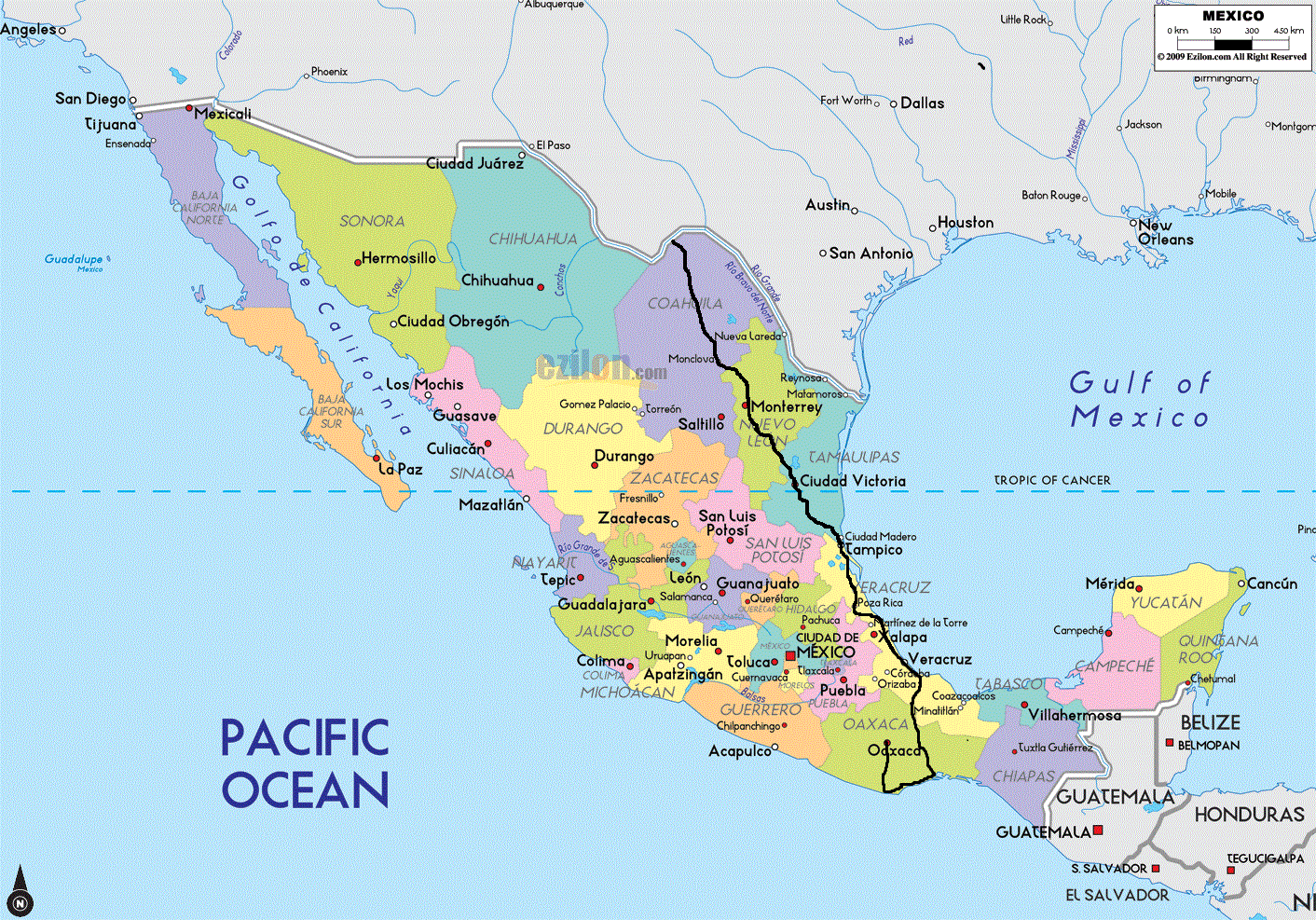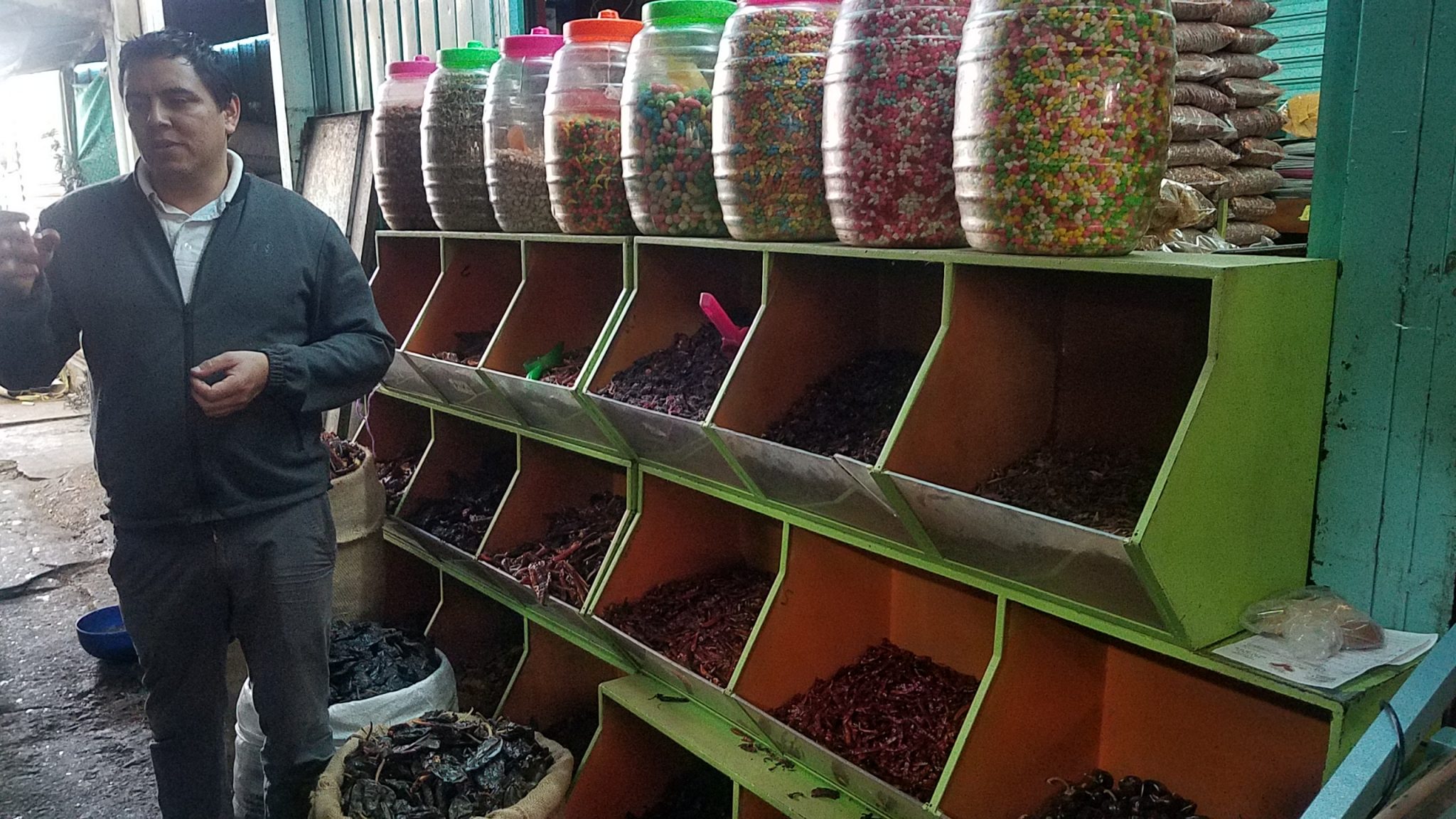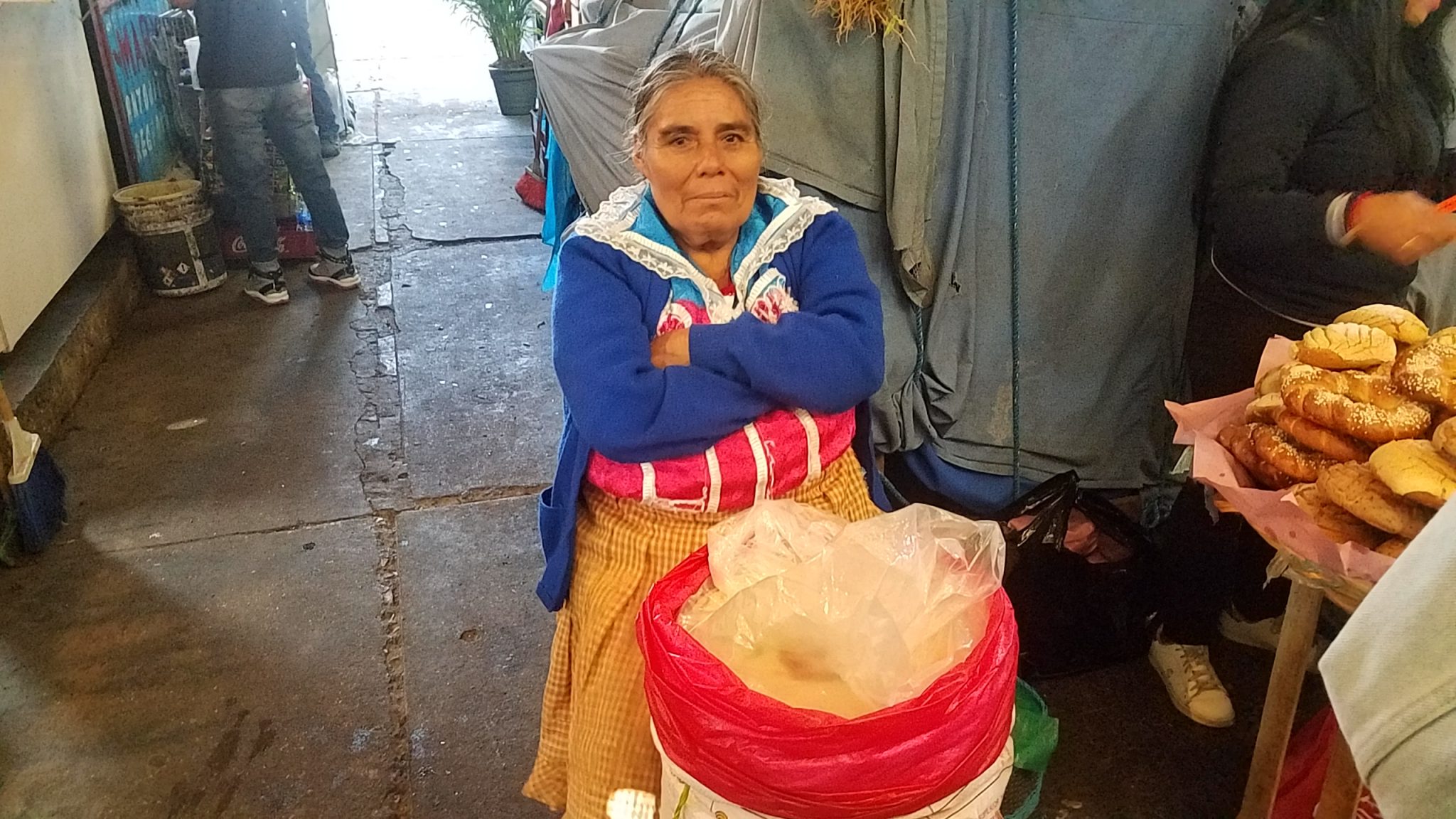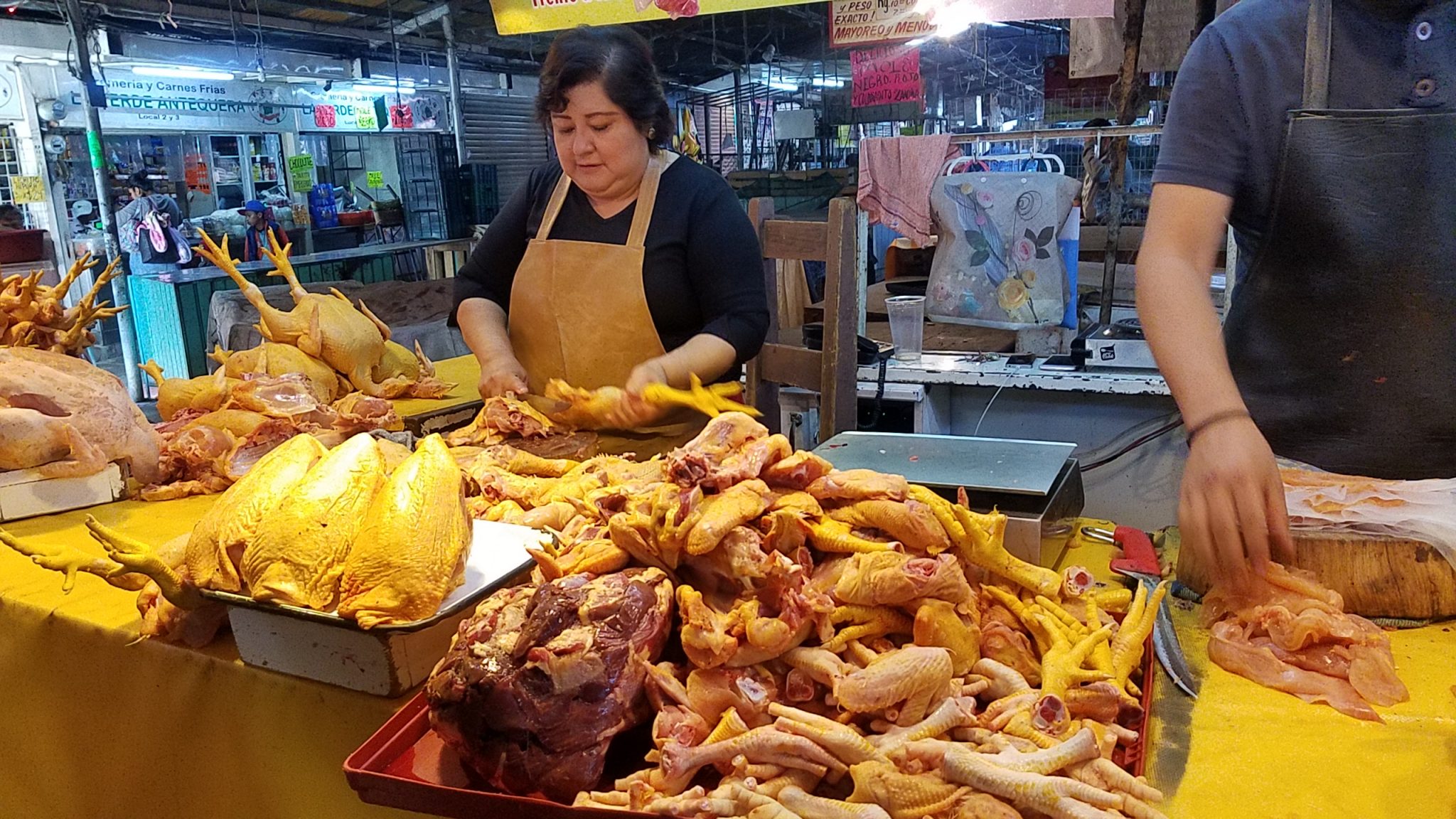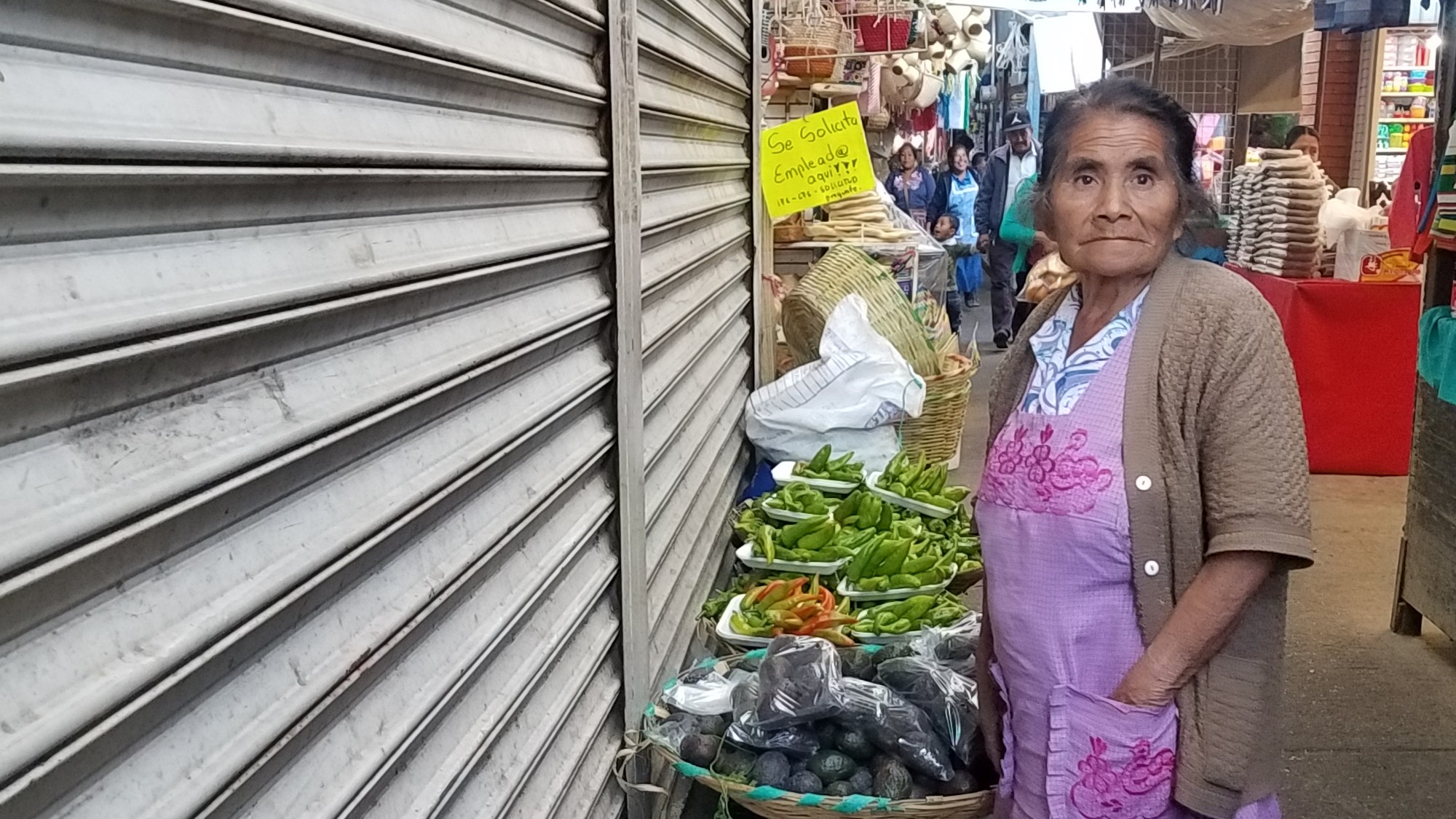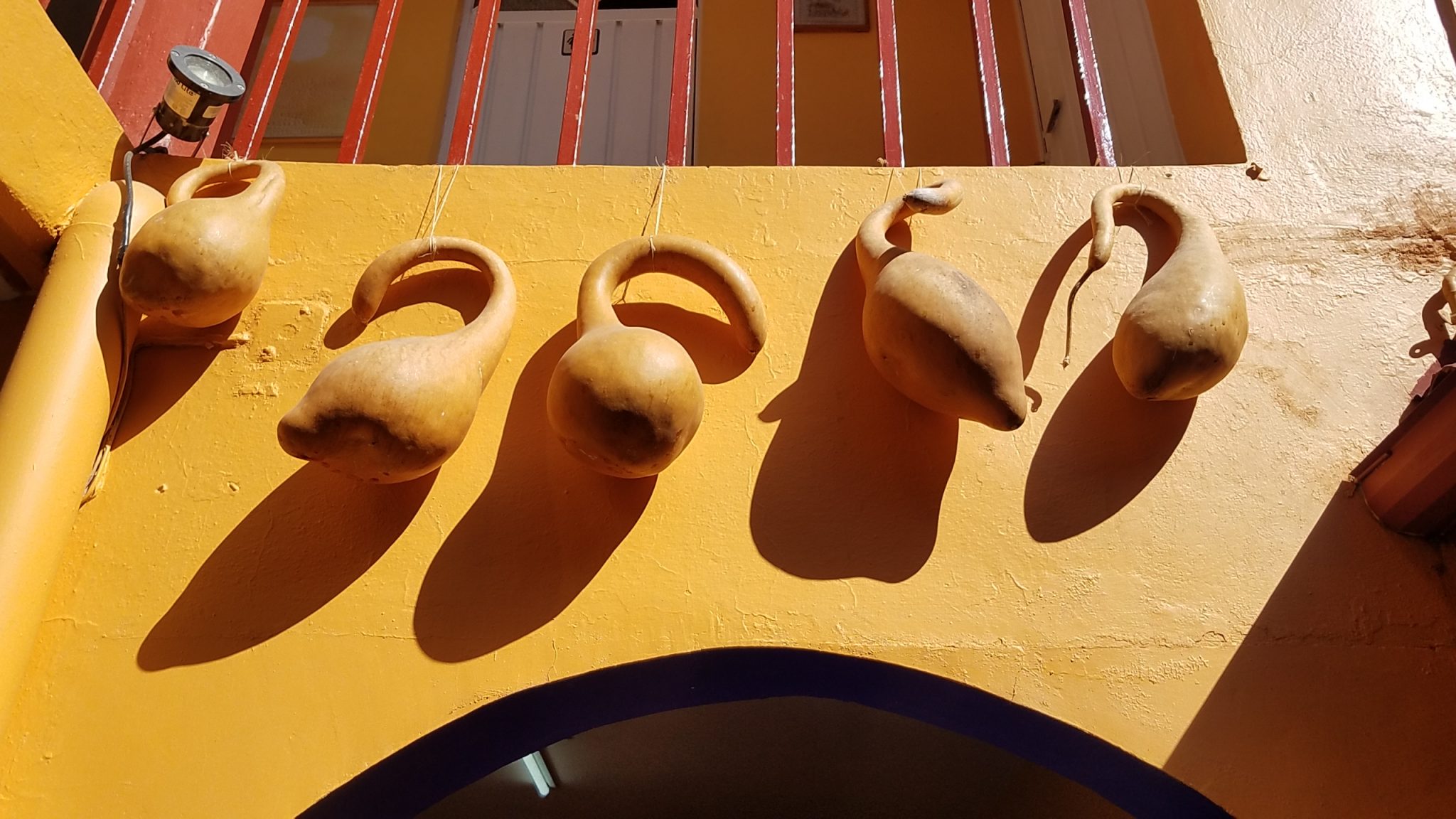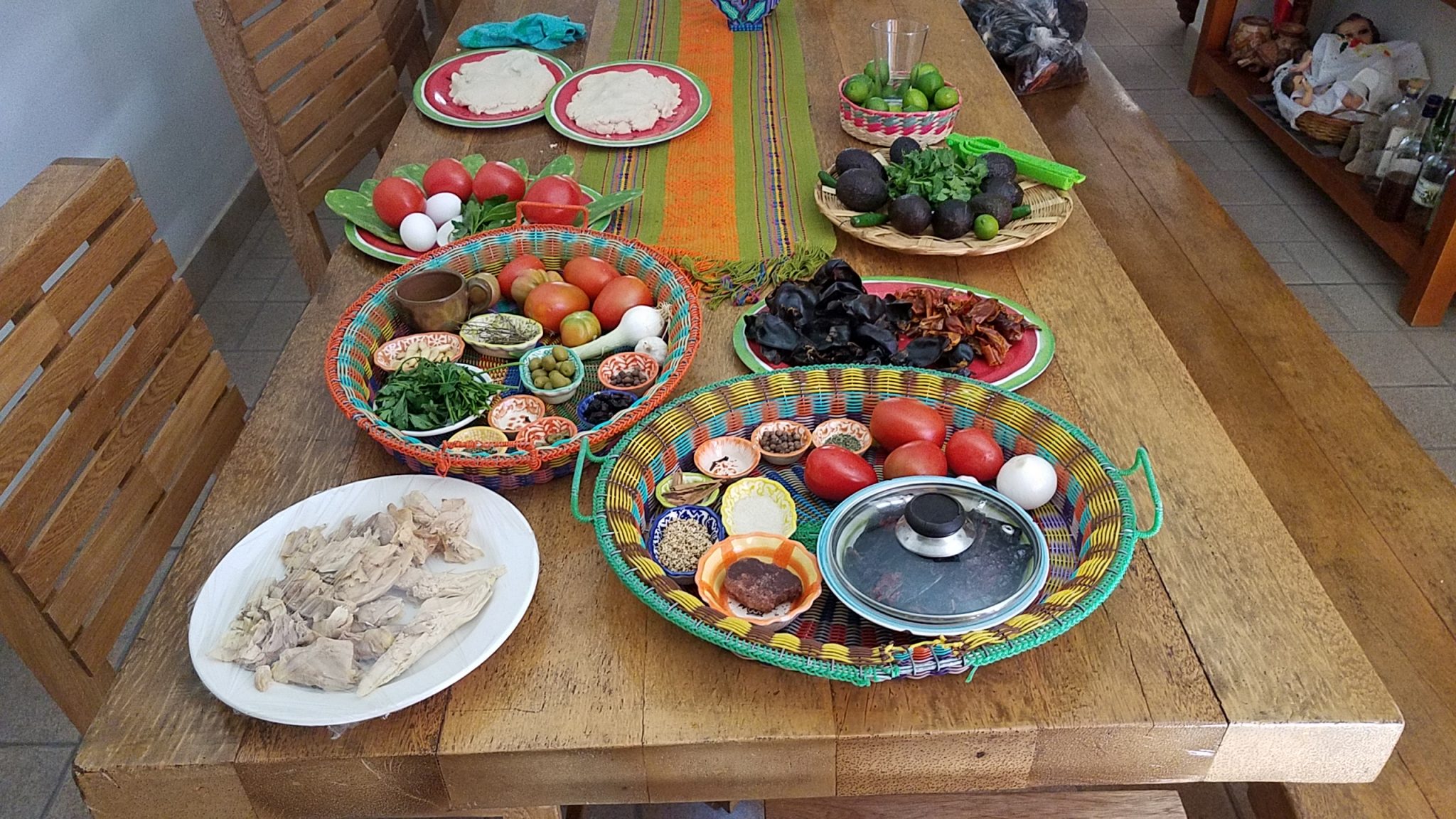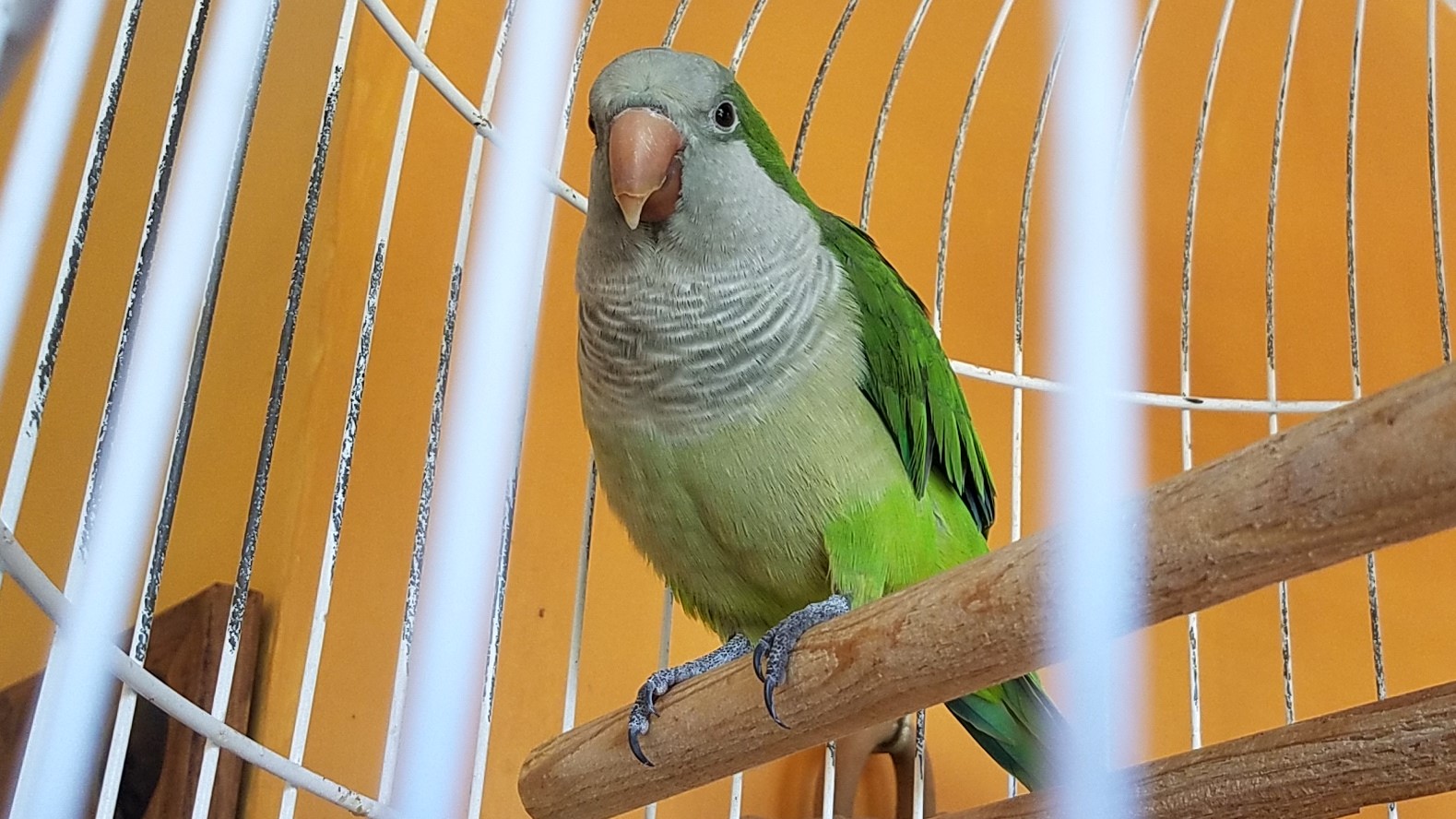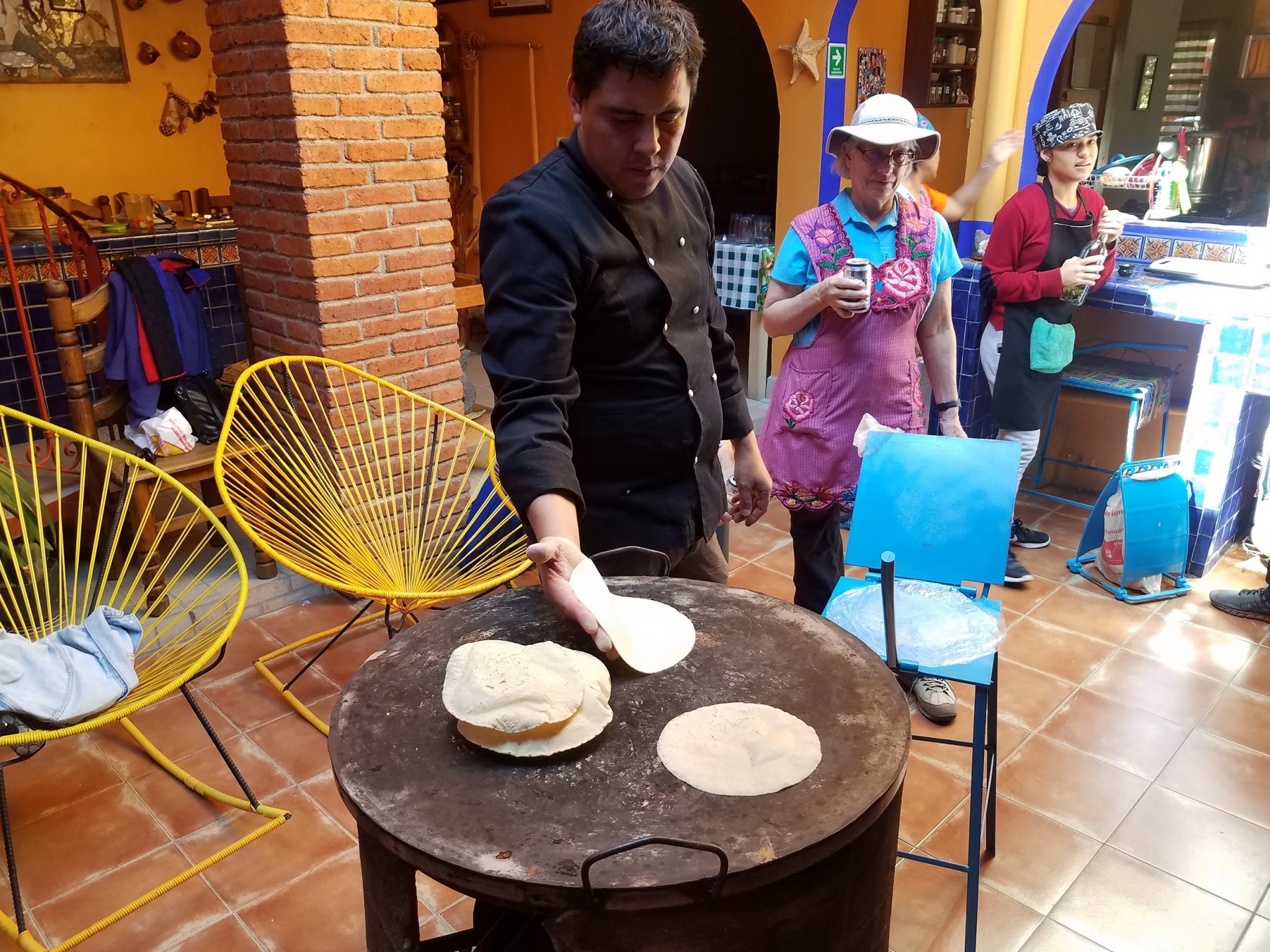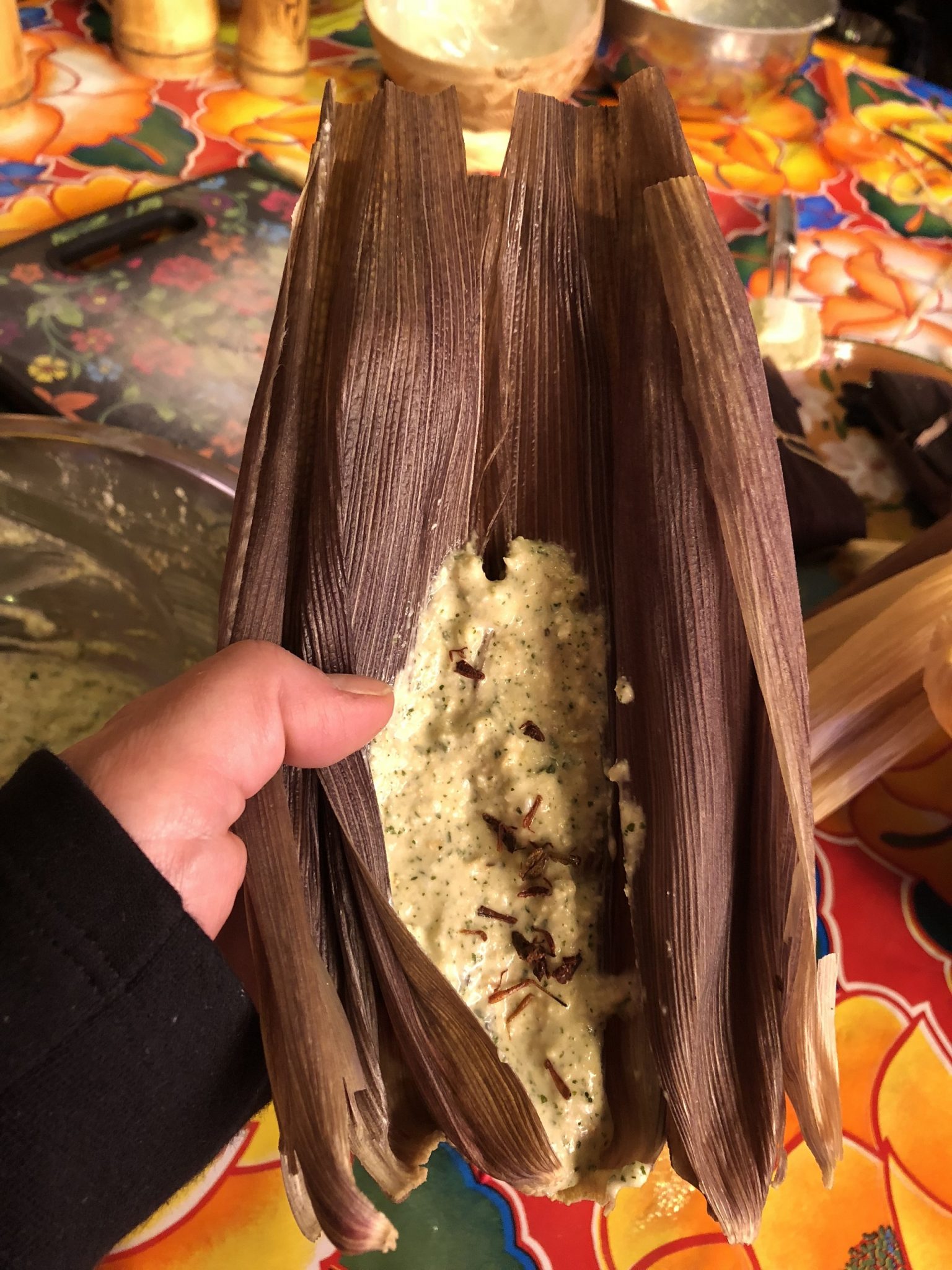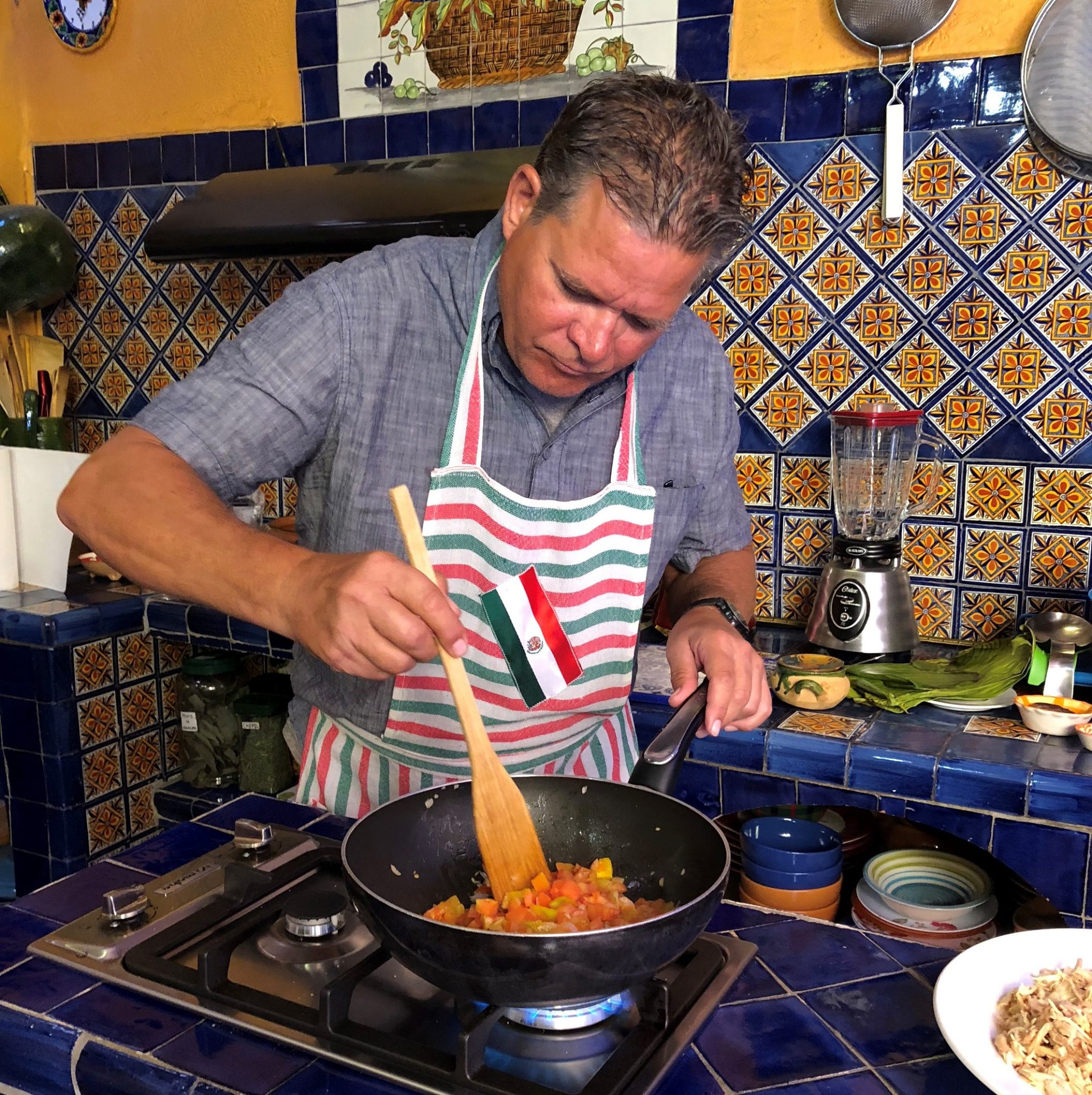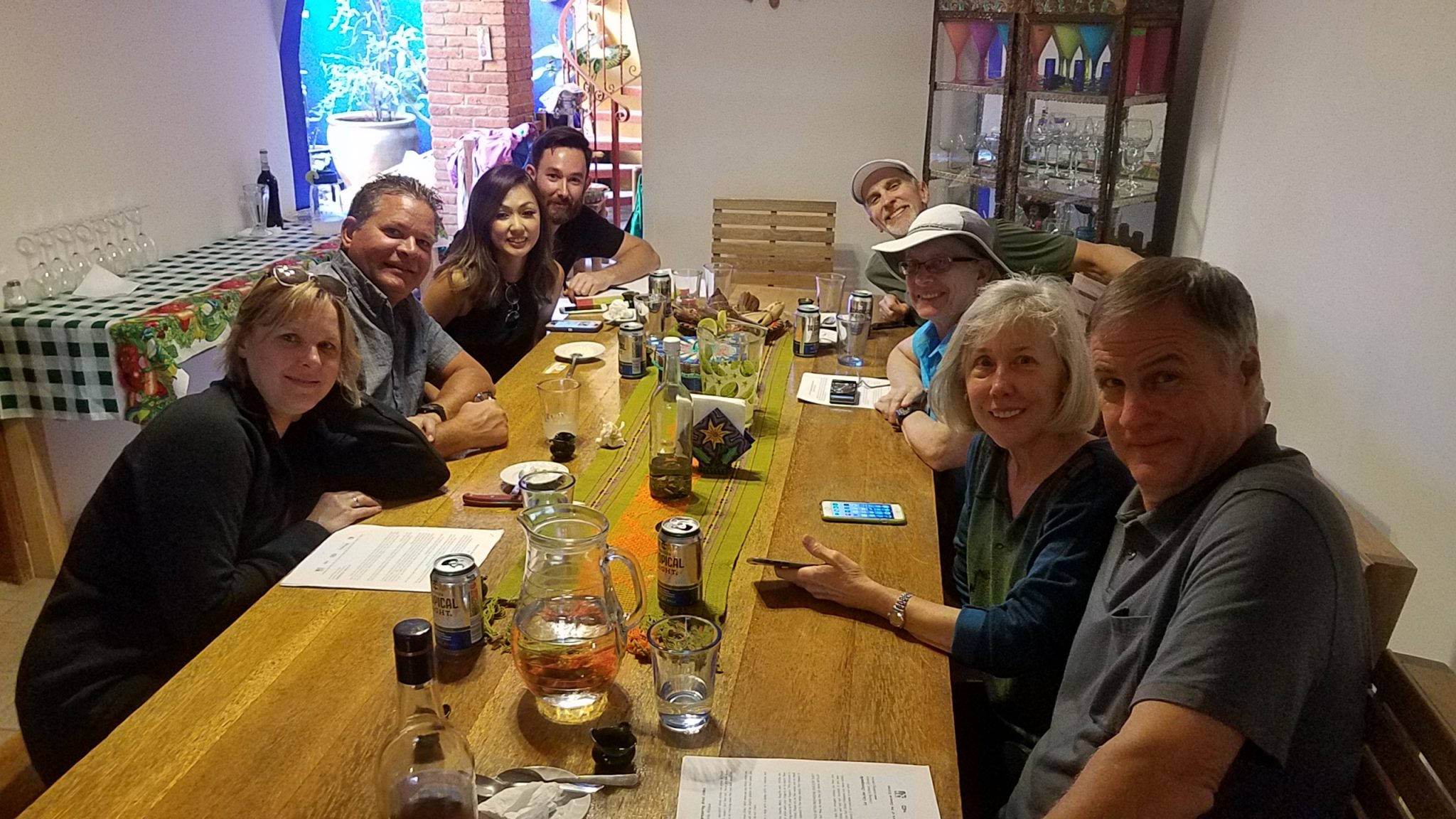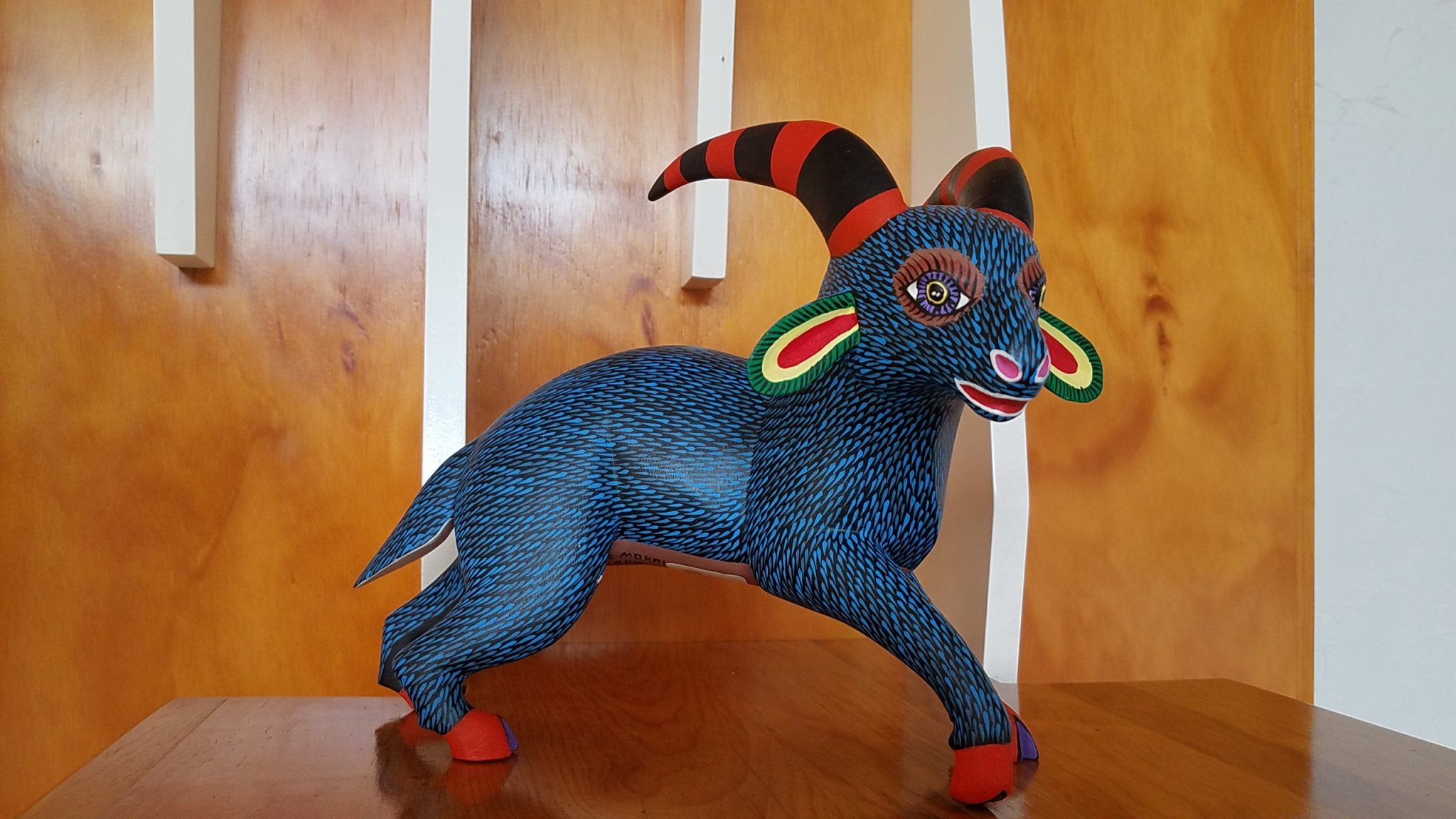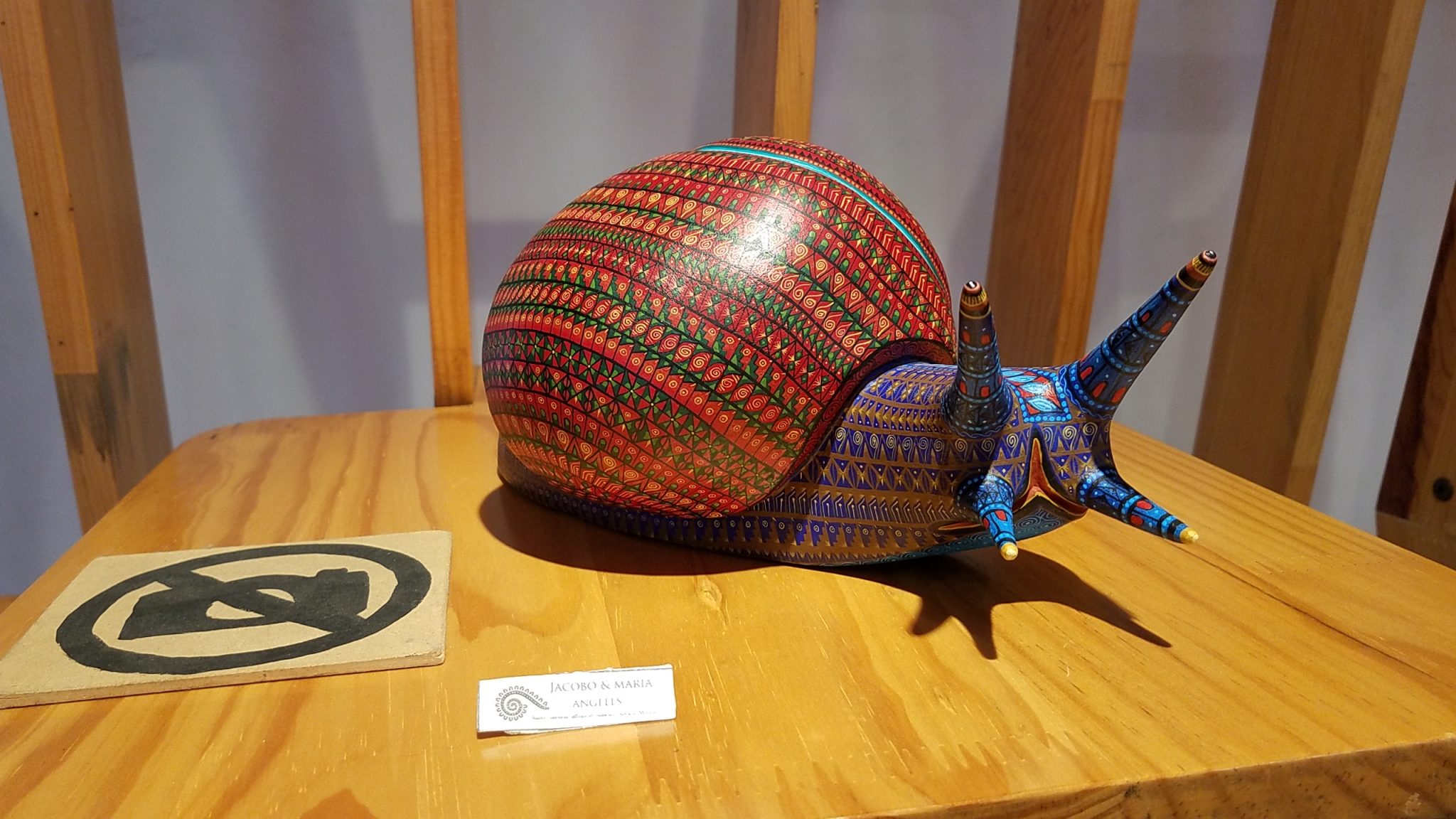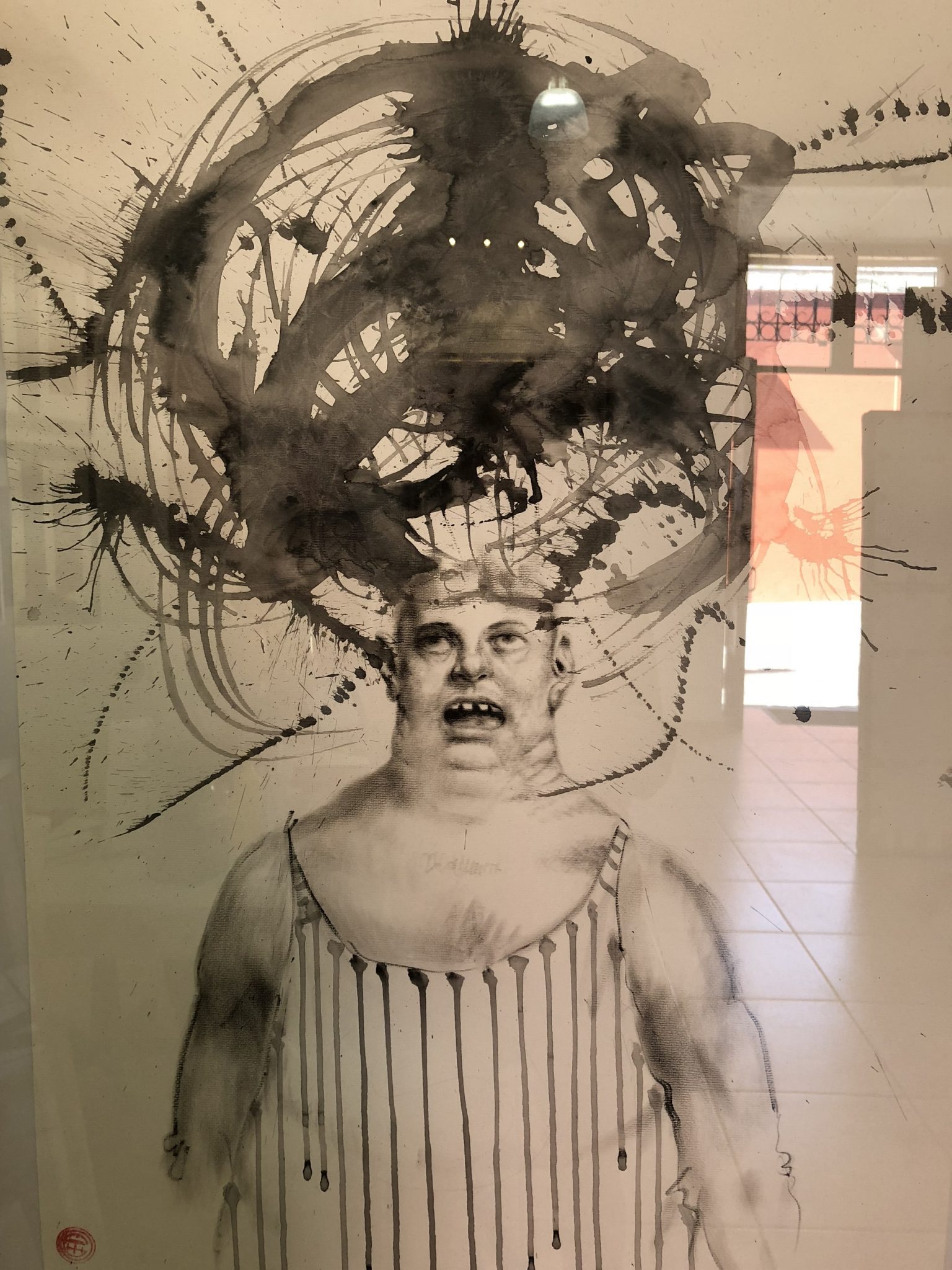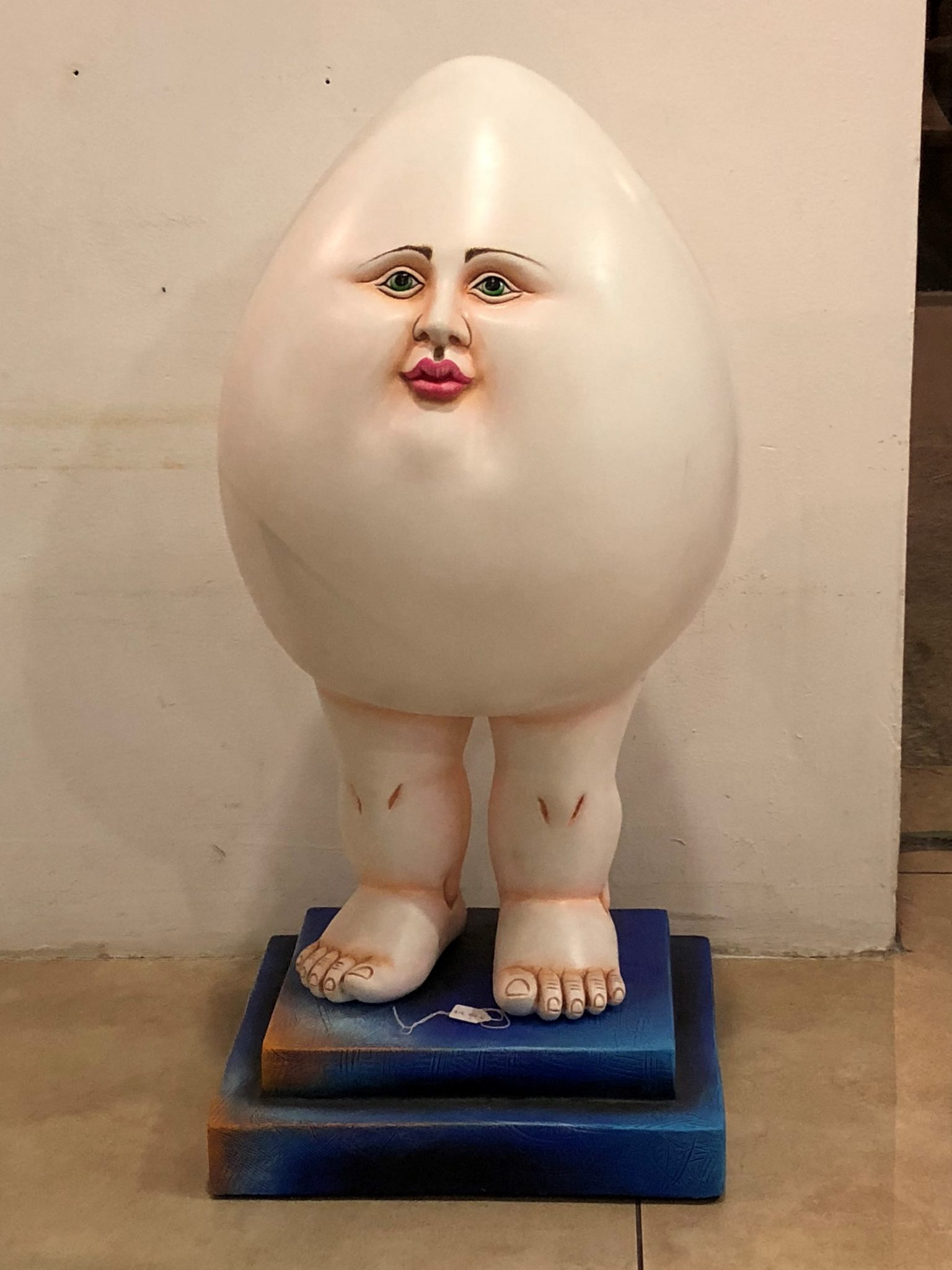Food and Art in Oaxaca
I stayed several days in Oaxaca, the capital city of Oaxaca state (pronounced wa-HA-ka).
What a great place. Dripping with culture and ambiance, the city boasts many fine restaurants that offer local and international cuisine. You can enjoy a great cappuccino or crêpe, indulge in good wine or pizza, sample the local cuisine such as tlayudas or mole, or stick with the standard Mexican fare of tacos and tostadas. Tlayudas are a handmade traditional Oaxacan dish, consisting of a large, thin, crunchy, partially fried or toasted tortilla covered with a spread of refried beans, lettuce or cabbage, avocado, meat (usually shredded chicken, beef tenderloin or pork), Oaxaca cheese called quesillo, and salsa. Here is a mushroom veggie tlayuda I ordered. It was huge and a mess to eat. Photo by KatSzy.
There are tourists in the town center, but not so many that it becomes annoying. People fill the main square–families, couples, vendors, tourists–just about anyone who passes by stops for a rest and to watch the variety of people. Here are a couple shots from the main square, called the zocalo.
Boy playing in fountain.
The weather is great, there are art galleries and cozy cafes on every block, and tons of cathedrals and markets to explore. Although we did not visit, there are also a number of impressive archaeological sites nearby. Big thumbs up!
In fact, with my sister Katrina visiting for five days I have so many photos I needed to split the blog entry into two posts. This post will cover a cooking class we attended and some art work. Some photos are her’s. These I have indicated as KatSzy photos. A subsequent post will cover random street scenes and show why Oaxaca is the poorest state in Mexico, after Chiapas.
One of the first things Kat and I did was sign up for a half day cooking class. We joined three other American couples and with Chef Gerardo we first spent an hour or so at the market buying fresh chicken, spices, tortilla dough called masa, and a number of other vegetables. On the menu was mole sauce, which is a local specialty, picadillos (spicy shredded chicken with tomatoes and onions), cactus soup, and tamales.
Here we are in the market. These women take the kneaded masa (dough) and press it in a simple machine to create a round tortilla. The tortilla is then placed on a stone or metal hot plate called a comal for a few minutes until it is cooked.
Here is a short video.
Spices and chilies provide the unique flavor of Mexican dishes. Here is Gerardo telling us about some chilies he is going to buy.
We bought some larger tortillas from this woman.
A view of the market
We bought chicken from this vendor.
This woman sold us some veggies and more spices.
After the market we repaired to Gerardo’s wonderful house where we started to prepare the meal. His house is filled with charming colorful knick knacks.
Below are some of the ingredients we used. There is shredded chicken, tomatoes, onion, olives, peppers, chilies, cilantro, avocado…too many to remember. Mole sauce contains a fruit, chili pepper, nut and such spices as black pepper, cinnamon, cumin, and chocolate.
Gerardo’s pet parrot.
We cut up vegetables, ground the spices and chilies, wrapped tamales in corn husks, kneaded the masa and made tortillas.
Gerardo showing us how to cook the tortillas on the comal.
We used a mortar and pestle to grind up the various spices for the dishes—serrano peppers, onions, garlic, allspice, sesame seeds, and a whole bunch of other things.
To make tamales you put the flavored dough inside a corn husk then steam it for about an hour. These tamales were flavored with chapulines (dried grasshoppers), a Oaxacan specialty. Photo by KatSzy.
Here I am sautéing the tomato and onion sauce for the chicken dish. I took my task very seriously. Photo by KatSzy.
Contemplating my next move. Photo by KatSzy.
I asked Kat to help. In case it got screwed up I could blame her.
Then came the best part—they served us homemade mezcal and lemonade then we got to eat the food. It was a great experience. The food was incredibly fresh and flavorful. I highly recommend this if you get a chance to visit Oaxaca.
Here is the group after our meal. Great fun.
As I mentioned, Oaxaca has an extensive art scene. We stopped in dozens of galleries to check out the folk and modern art. One unique art form in Oaxaca is called alebrijes which are brightly colored folk art sculptures of fantastical (fantasy/mythical) creatures. These are all made by hand and painstakingly painted with very small brushes. Many are made in the villages surrounding Oaxaca.
I didn’t notice the “no photos” sign. Oops.
Here are some modern art paintings we saw. Photo by KatSzy.
One gallery had some very strange paintings. I forgot the artist but they consisted of bizarre figures with strange headgear and bubbles all around.
The same artist–a guy’s head exploding or something. Weird stuff.
Humpty dumpty?
Lastly, a special treat for you. Ever since my trip began last April I have thought about doing a short video. I have been working on this for about a month or so. It all began when I was listening to my music playlist and heard the song 100 Zulu Warriors, by N.I. Maphumulo. It has a hypnotic rhythm to it which almost sent me into a trance as I was riding along a quiet road. The monotony of the song made me think of bike touring, so I used that one song as the soundtrack to the video. It is only five minutes long but it includes stills and video of my entire trip up to now. Take a look and let me know what you think. To get the full effect, crank up the volume and watch it on a full screen or TV.
